Great Ocean Road 5 Day Itinerary: Best Great Ocean Road Photo Spots
Road Trip Itinerary With Links To All Photo Locations
Looking for the perfect Great Ocean Road 5 Day Itinerary? Here you will find the best road trip itinerary featuring all of the amazing and unique Great Ocean Road photography locations.
The Great Ocean Road is one of Australia’s most iconic drives along the most scenic stretches of coastline in the world and it’s no surprise why.
This 245 kilometre stretch of road travels beside headlands, down the edges of coastline, along rivers and through rainforests, and you just might also spot koalas on your way!
This guide will outline a 5 day Great Ocean Road itinerary covering as many locations as possible while still enjoying a relaxing break – after all, holidays should always include some down time.
From Torquay to Port Fairy, this itinerary covers all the top Great Ocean Road photo spots along the way.
Don’t miss – Bells Beach, Lighthouses, The Otways, Loch Ard Gorge, The Grotto, and of course the 12 Apostles – all the details you need to know about driving the Great Ocean Road!
Let’s dive into the perfect Great Ocean Road 5 day Itinerary covering all the best Great Ocean Road photography locations along the way.
Where is the Great Ocean Road Drive?
The Great Ocean Road starts and finishes in Victoria, Australia.
As with many things there are variations, however the common drive starts in Torquay which is just over 100 kilometres from Melbourne and ends around 245 kilometres later in Port Fairy.
Being just under 250 kilometres you can actually drive it in a day, and many do, but please don’t – there is just way too much to see that you couldn’t possibly do it justice in just one day.
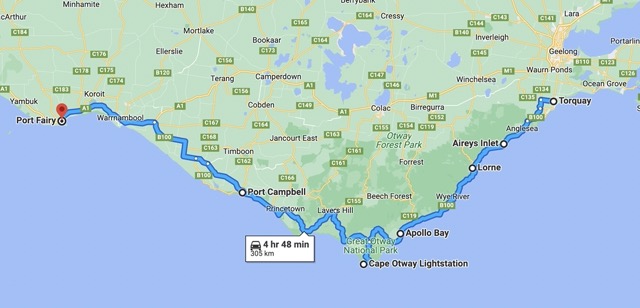
Brief Great Ocean Road Itinerary
This 5 day Great Ocean Road itinerary will start in Australia’s surfing capital, Torquay, home to the famous Bells Beach.
From there we will wind along coastlines and through the Otways. Of course we will stop along the way for the 12 Apostles and many other locations around Port Campbell.
We will finish up at Port Fairy with its quaint lighthouse stopping at Warrnambool along the way to try and spot whales if you’re doing this trip in Spring.
This itinerary recommends 6 nights at the following locations, which provides for 5 full days exploring this incredible area:

Accommodation location suggestions –
Torquay – 1 night
Arguably Australia’s surfing capital, and home to the famous Bells Beach, Torquay is the gateway to the Great Ocean Road, so it’s the natural place to stay your first night before exploring what this incredible area has to offer.
Apollo Bay – 2 nights
Apollo Bay is the next place to base yourself for the following two nights – it’s a great bustling town right on the beach with fabulous restaurants and accommodation.
It’s also the perfect spot to head out to the Otways and rainforests in the area.
Port Campbell – 2 nights
You will spend the next two nights at the gorgeous, quaint Port Campbell, right in the middle of Port Campbell National Park, and home to the famous 12 Apostles – what’s not to love!
Warrnambool – 1 night
This itinerary finishes up at Warrnambool which is a perfect way to relax and unwind at the end of your trip.It still has beautiful beaches, great restaurants and accommodation, and you have the opportunity to watch the local racehorses go swimming in the ocean while you have breakfast.

Detailed Great Ocean Road 5 Day Itinerary
Day 1 – Torquay to Apollo Bay
Depending where you are travelling from, you may not need to stay the night in Torquay the night before, but it’s best to allow for a full day starting here to capture sunrise as the superb Bells Beach.
If you don’t want to stay the night before in Torquay you can start in Melbourne but you will need to allow up to 2 hours additional driving depending on the traffic in Melbourne and what time you leave.
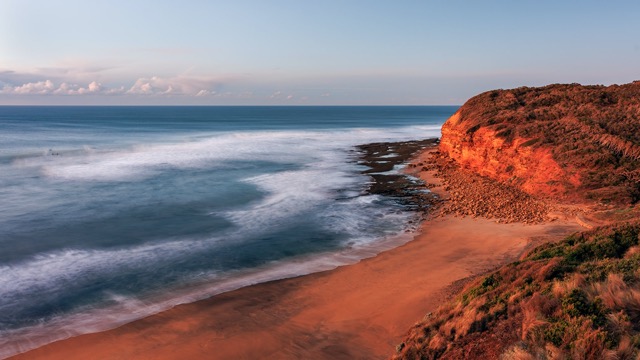
Bells Beach – Bells Beach
Split Point Lookout – Split Point Lighthouse
One of a few charming lighthouses along this trip is Split Point Lighthouse at Aireys Inlet. It is still in use today and provides for fabulous views just a short walk from the carpark.
You can also do tours of this lighthouse if you have the time.
Memorial Arch at Eastern View – Memorial Arch

Lorne – Lorne for a pit stop
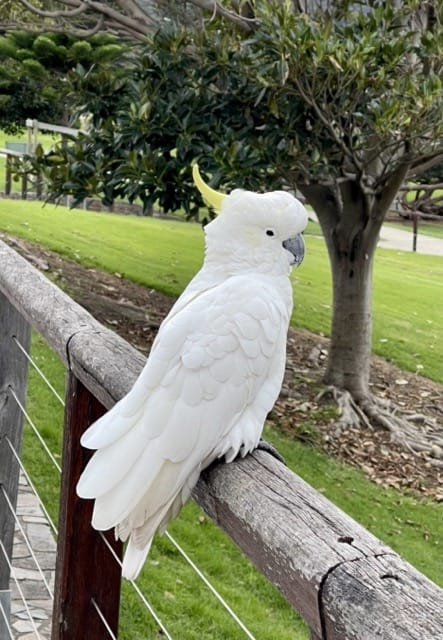
Teddy’s Lookout Teddy’s Lookout

Erskine Falls Erskine Falls
Koala sleeping Tree Kennett River
Then onto your accommodation at Apollo Bay
Day 2 – A Day In The Otways
One day is definitely insufficient to cover everything in the highlights, so included here are the must see locations that you can easily cover in a day and offer plenty of photo opportunities.
In order to truly appreciate the diversity and beauty of Otway National Park, you need to spend at least one full day exploring it. Last time I visited I allowed for two full days and was still left wanting.
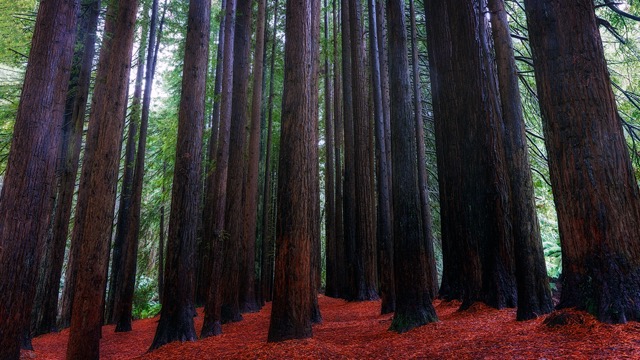
The Redwoods Otways Californian Redwood Forest
Hopetoun Falls Hopetoun Falls
Melba Gully Melba Gully
Cape Otway Lightstation Cape Otway Lighthouse
Maits Rest Rainforest Walk Maits Rest
You will pass Lavers Hill during the day so you can grab a coffee and a bite to eat, or the Lightstation has a nice little cafe as well.
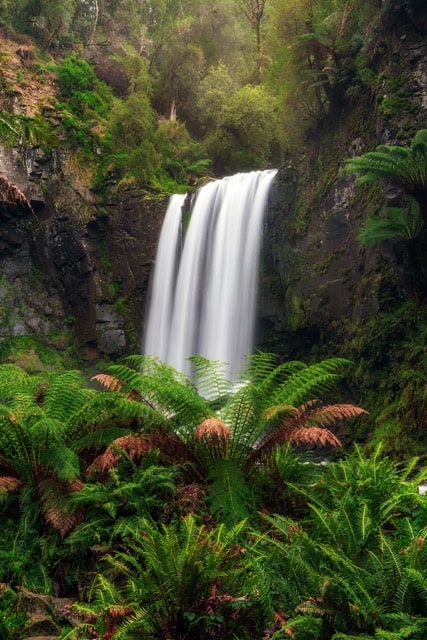
Day 3 – Apollo Bay to Port Campbell
This is a fairly cruisy day, so a good opportunity to visit Triplet Falls or Otway Fly Treetop Adventures before heading down to Gibson Steps.
Also a chance to have a lazy afternoon and check out the lovely township of Port Campbell.
Gibson Steps Gibson Steps
Twelve Apostles Carpark 12 Apostles
Loch Ard Gorge Parking Loch Ard Gorge
Tom & Eva – same parking as Loch Ard Gorge
Razorback – same parking as Loch Ard Gorge
Bakers Oven Track Bakers Oven
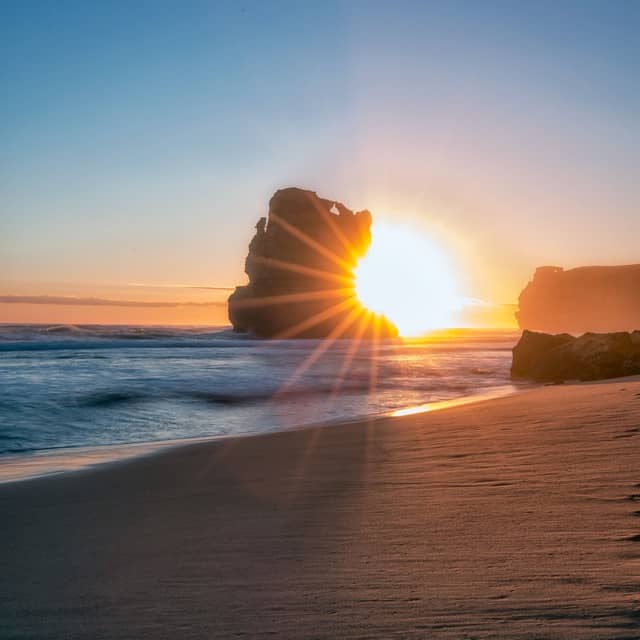
As always, I will always choose sunrise over sunset – yes for the wine, but it’s almost guaranteed that there will be less people around early mornings. It’s so much easier to go to sunset than setting the alarm for stupid o’clock, but for me it’s totally worth it.
If you’re looking to do a sunset shoot, Bakers Oven and the 12 Apostles are both great options.
Confession – I’m hopeless at directions, but I was reliably informed by a friend that the whole area faces south, so all locations around this area are good for both sunrise and sunset.
Then head to accommodation at Port Campbell
If you want to head out for sunset, then The 12 Apostles or Gibson Steps are perfect but get there early!
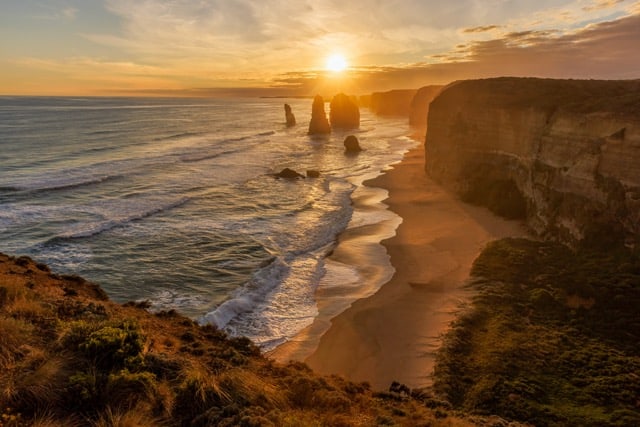
Did You Know?

Day 4 – Around Port Campbell
I highly suggest you start the day by revisiting one of the locations visited yesterday to shoot sunrise – my top picks would be Gibson Steps or Loch Ard Gorge.
Head back to town for breakfast and then investigate the suggestions below.
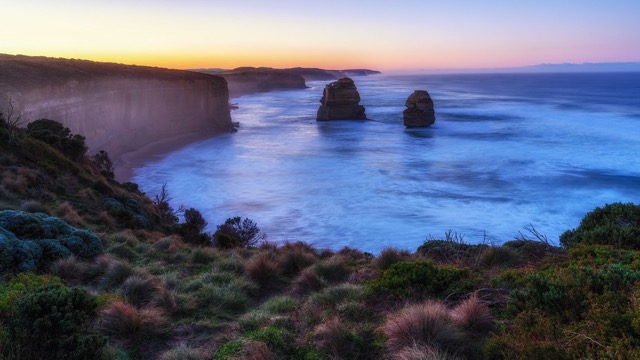
The Arch The Arch – please note this was closed at time of writing (August 2023) due to public risk and I have been unable to find any information on when it is expected to reopen.
London Bridge London Bridge
The Grotto Carpark The Grotto
The Grotto is a truly unique rock formation, unlike anything else you’ll see in the area, so it’s not to be missed.
Part cave, part archway, with a stunning rock pool looking out to the ocean beyond, it’s totally worth the 100 metre return walk from the carpark.
Bay of Martyrs Bay of Martyrs
Bay Of Islands Bay of Islands
Bonus activity if time allows – Helicopter Flight over the 12 Apostles – I can’t recommend it highly enough.
If you can afford to splurge on one activity during your trip, this is the one to do.
You’ll have an amazing experience, with phenomenal views that you just can’t access any other way.
Day 5 – Port Campbell to Port Fairy
If you’re keen to head out for a sunrise then either London Bridge, Bay Of Martyrs or Bay Of Islands are all great choices.
You should still have time to head back to your accommodation to check out before breakfast and the day’s exploring.
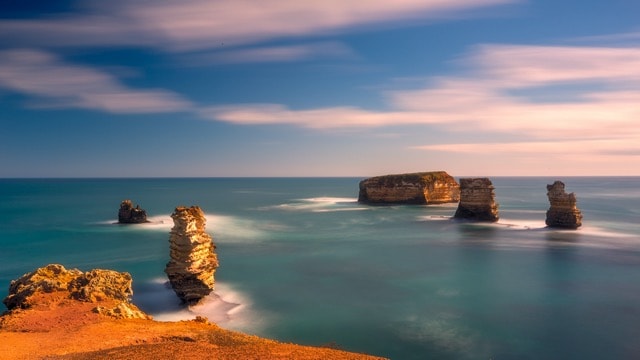
Childers Cove Childers Cove
Tower Hill – I didn’t make it here but was thoroughly recommended – great place to spot koalas apparently
Port Fairy Lighthouse On Griffiths Island Port Fairy
Anything missed from yesterday’s list or you want to revisit? If not, a drive out to Timboon on your way to Childers Cove would be top of my list – The homemade ice cream there is absolutely divine!

Finish up on the morning after day 5 with sunrise at Stingray Bay followed by breakfast viewing over the local race horses being trained in the ocean.
Best Time To Visit The Great Ocean Road
The Great Ocean Road is an incredible visit at any time of the year. Many will say that summer is the best time due to the warmer weather, however it can be incredibly busy, so don’t discount travelling during other seasons.
Summer (December – February)
This is definitely the peak season as it is summer and school holidays in Australia, and the warmer temperatures draw visitors from all over the world to visit the beautiful beaches and enjoy the stunning coastal views.
It’s also when the weather is usually at its best, particularly if you want to go swimming at the many beaches along this coastline.
The days are longer, and there tends to be less rain, however it is also the busiest time of the year and most of the attractions will be crowded.
It’s probably the only time of the year that you should be able to swim without a wetsuit, but the water will still be around a cool 18 degrees. You have been warned!
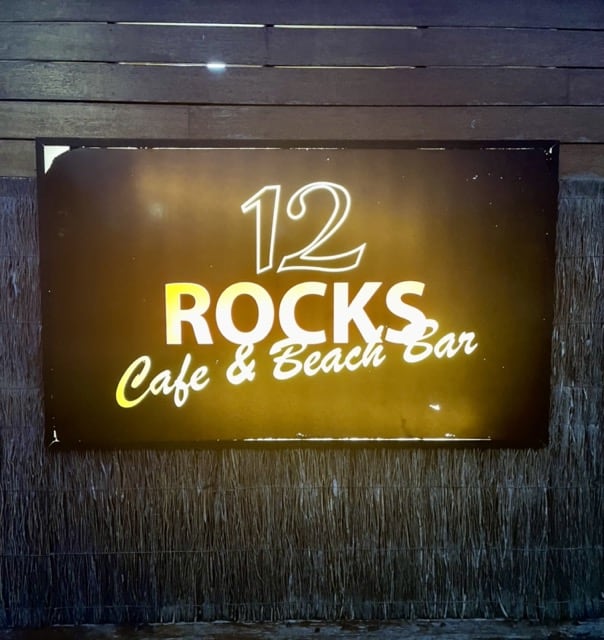
Autumn (March – May)
Autumn is generally a quieter time of the year to visit the Great Ocean Road, except for the Easter period.
The weather is usually milder, and with less crowds it can mean a more relaxed and enjoyable journey.
The accommodation can also be cheaper during autumn and less people at the popular attractions.
Winter (June – August)
Being the coldest time of the year, it is also the quietest time to drive the Great Ocean Road, and the cheapest.
So, if you don’t mind rugging up it can be an excellent time to visit, particularly if you’re looking for incredible landscape photos without people in your shots.
Don’t be put off by the cooler temperatures though as there are plenty of times to visit in winter. There is generally more rain which makes for awesome waterfall photography and the wilder winter weather can create some incredible wild waves crashing against the coastline.
Winter is also a great time for whale watching along the Great Ocean Road as they migrate north to warmer waters.
Spring (September – November)
Spring is one of the mildest times to travel the Great Ocean Road – the weather starts to warm up and the crowds are still not as busy as summer.
It can be a great time still for your landscape photography as the waterfall should still be in full flow.
You also will have the bonus addition of the spring native flowers starting to bloom along the many walking tracks.
This is also the time of year to witness the whales travelling back south again with their newborn calves.
A Note On Safety
The Great Ocean Road is definitely not a highway as we know it – it is mostly one lane each way and winds along – a lot.
Take notice of the number of pull over points if you do find yourself just cruising and becoming sidetracked with the beautiful vistas you find yourself driving along.
I find it much more enjoyable to pull over and let others go on their merry way should they choose to do so.
Many of the roads you can find yourself on can be gravel, and quite narrow at times, not to mention you won’t have any reception (see note below) so be aware of this.

Great Ocean Road Drive Tips
Book Your Accommodation In Advance
This is something I always recommend for any road trip, but there’s nothing like knowing where you are sleeping after a big day exploring and photographing.
This is particularly true, and pretty much essential during the peak summer months.
Supermarkets And Essentials
Once you leave Torquay, there are no major supermarkets or larger stores until you get to Warrnambool.
This is certainly not an issue, but something to be aware of as things can be more expensive at some of the smaller locations.
Know Where To Get Petrol
While it isn’t difficult as such to get petrol along the Great Ocean Road, as most of the towns are only small the prices can be higher than those in bigger cities.
If possible, try to fill up at Torquay at least to save you a few dollars.
Also bear in mind that they may not be open 24 hours, so if you’re planning an early start, try and fill up the afternoon before.
Internet Reception
I can’t believe I’m even having to mention this, but internet coverage at Port Campbell and other locations along the way is intermittent at best!
Trusty tip: Use Google Maps Offline to download all your spots along the way, especially when driving through the Otways.
Weather!
This whole part of the world can be unpredictable to say the least!
I’ve been at Port Campbell where the maximum temperature was 8 degrees on New Year’s Day and it was raining, and yet also in May the top was 22, so pack for all possible conditions.
Regardless of the time of year, make sure you have layers and waterproof jackets at the very least.
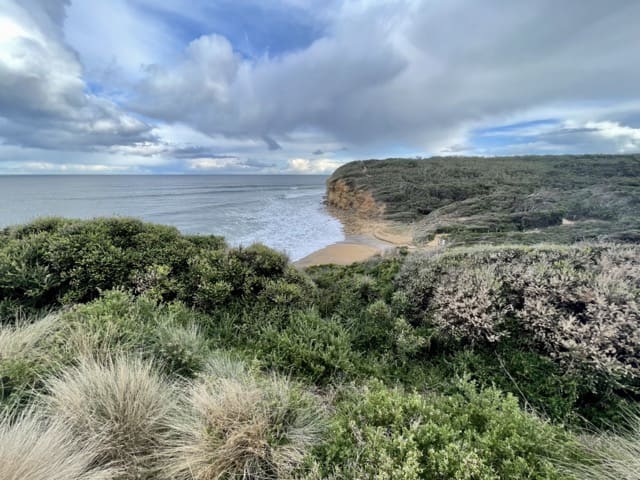
Why Do A Great Ocean Road Trip Is Better Than An Organised Tour
Due to time constraints, there are many that travel the Great Ocean Road as an incredibly long day trip from Melbourne on a paid bus tour.
Not only will you not see anywhere near everything, it will be incredibly crowded with everyone arriving at the locations at the same time.
I strongly recommend driving yourself, even if you hire a car, and spend a minimum of 3 nights on the road if you can’t do the 5 as suggested in this itinerary.
You can go at your own pace, avoid the worst of the crowds, and have more time to enjoy many of the fabulous locations the Great Ocean Road has to offer – not just the 12 Apostles!
The drive will also take longer than you first think. This is partly due to the very windy road meaning you’re driving slower, but also because you’ll want to stop so many times for the photo opportunities.

FAQ’s
Where does the Great Ocean Road start and finish?
Officially the Great Ocean Road starts just near Torquay and finishes at Allansford, just outside of Warrnambool.
Where should I start Great Ocean Road?
The official start to the Great Ocean Road is near Torquay, just over 100 kilometres from Melbourne.
How many days do I need for Great Ocean Road?
While you can physically drive the entire Great Ocean Road in just a day, I recommend you take a minimum of a three day road trip to really even touch the surface of this spectacular part of the world.
How long does it take to drive the Great Ocean Road?
To drive the Great Ocean Road one way, without any breaks, the 245 kilometres would take you between 4 and 5 hours.
This would be a shame as it doesn’t allow for any sightseeing along the way, which is why I recommend this Great Ocean Road 5 day itinerary.
How far is the Great Ocean Road from Melbourne?
From the centre of Melbourne, the beginning of the Great Ocean Road just outside of Torquay is 104.5 kilometres.
This would take you between 1.5 and 2 hours depending on the traffic and time you leave Melbourne.
What is the best time to see the 12 Apostles?
As far as photography is concerned, sunset is the best time, when the light hits the sandstone stacks and they turn beautiful red and orange colours.
However, to avoid the crowds, it’s best to try and visit the 12 Apostles in the morning, ideally at sunrise.
Is it difficult to drive the Great Ocean Road?
While the road is not necessarily difficult, it is very winding with lots of curves and hairpin bends so it’s not one to drive fast on.
It is all two lanes, one for each direction and plenty of allocated safe parking to stop in.
You may find yourself becoming distracted by the views, so take advantage of the many spots to pull over so you can enjoy it safely.
Does it matter which way you drive the Great Ocean Road?
While you can have an enjoyable trip either way, most people drive from east to west to make the most of the coastal views that will be on your left.
It’s also easier to pull over whenever you see a photo opportunity.
However, as this is the most popular way to drive the Great Ocean Road, it’s also the most crowded.
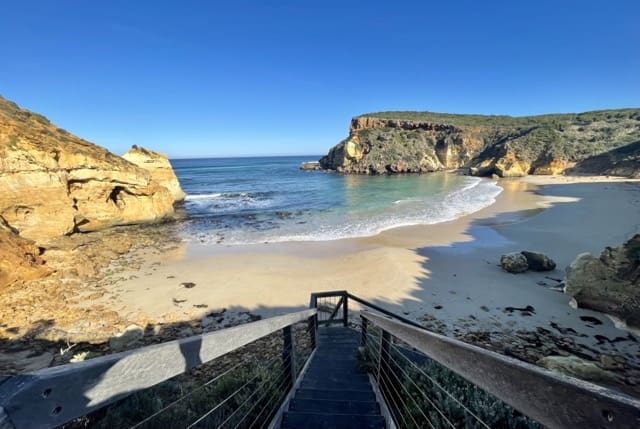
Conclusion
I hope this Great Ocean Road 5 day itinerary has been helpful in planning your own perfect Great Ocean Road road trip.
You certainly don’t have to be a photographer for everything that the drive and experiences that the Great Ocean Road has to offer. It is simply spectacular and offers something different at every turn, so take you time to fully explore this famous stretch of road.
There truly is a reason it’s on almost every travel must do list, both for Australians and those from beyond these shores.
Is the Great Ocean Road on your bucket list? Or have you already been and have suggestions on things I may have omitted? I’d love for you to drop me a line and let me know.
That’s it for now – Keep clicking and stay caffeinated
Like this post? PIN it so you can save it for later.
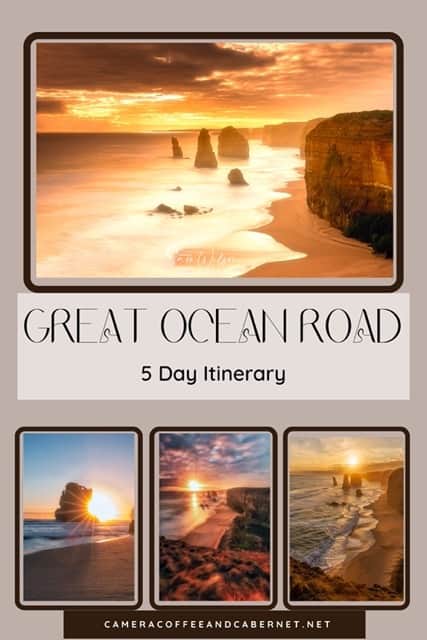
Related Helpful Posts:
- Planning a Road Trip
- Packing for a Road Trip
- Photography Road Trip: Travel Photography Tips
- Road Trip Safety Tips
- Plan the Perfect Photography Trip
- The Best Road Trip Quotes
- Funny Travel Quotes
More Photography Location Guides:
- Tasmania Road Trip: 10 Day Itinerary
- Photographing Northwest Tasmania
- NSW South Coast Photo Spots: The Top 10 Locations for Great Photos
- Kiama Photography Locations: The Top 10 Spots for Great Photos
- Blue Mountains Photography Itinerary
- Central Coast Sunrise Photo Locations
- Best Central Coast Photo Locations
Don’t miss a post – sign up Here if you haven’t already
Note – Unless otherwise stated, all photos are mine and remain my copyright images – Sam Wilson Photography.


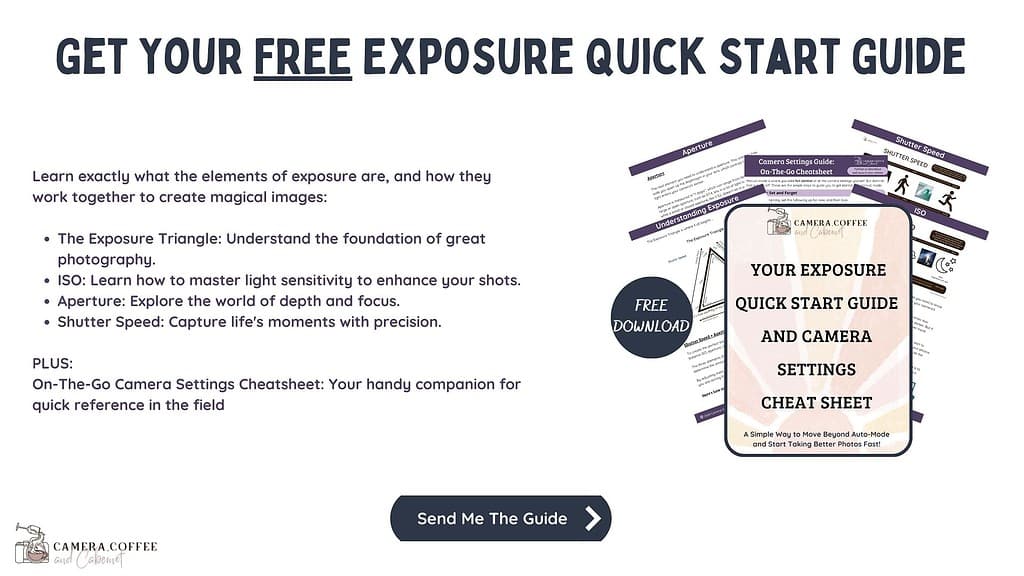
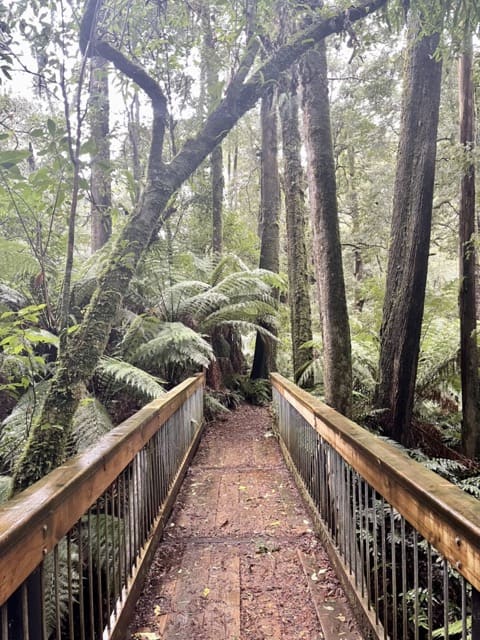

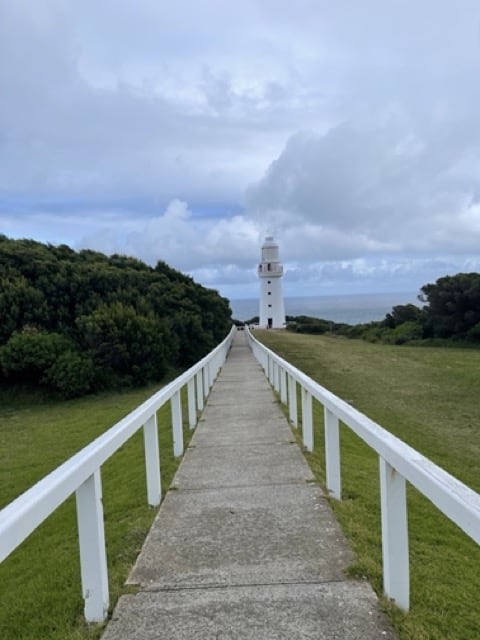
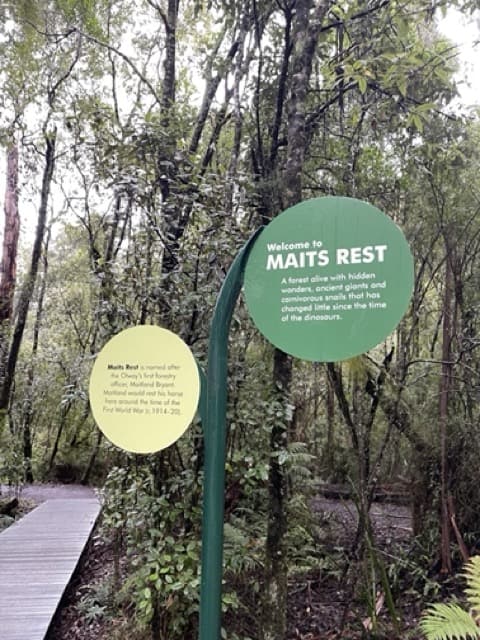
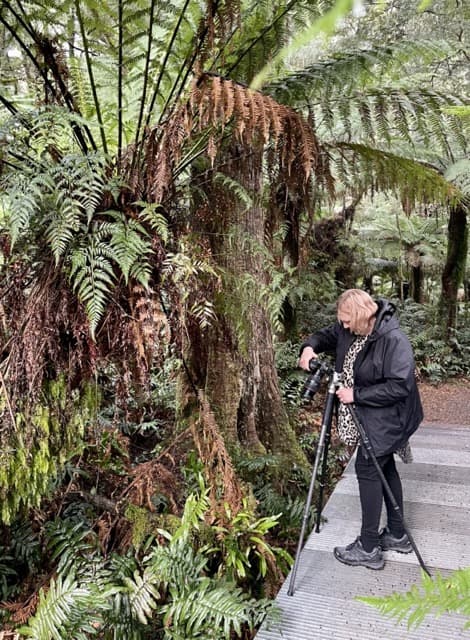

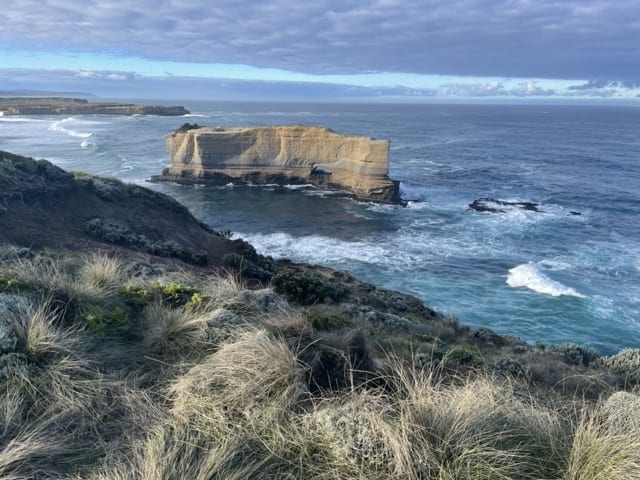

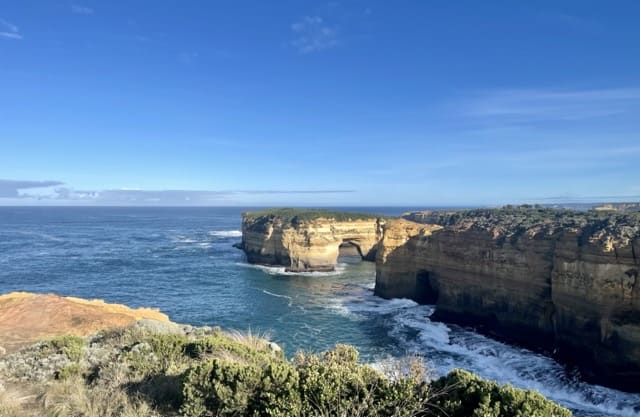

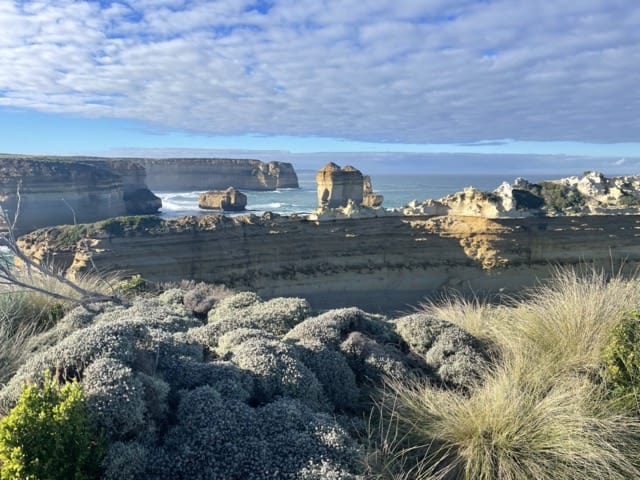
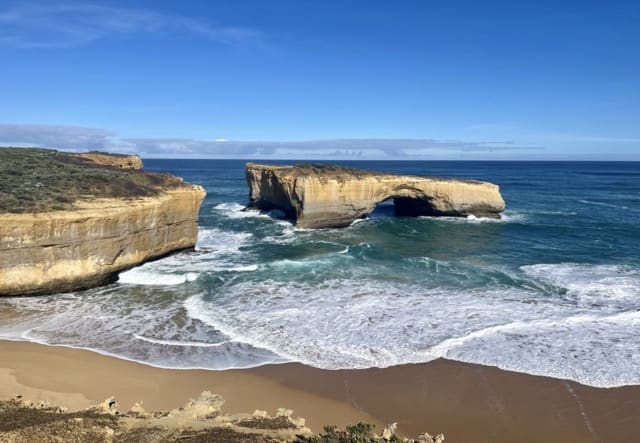

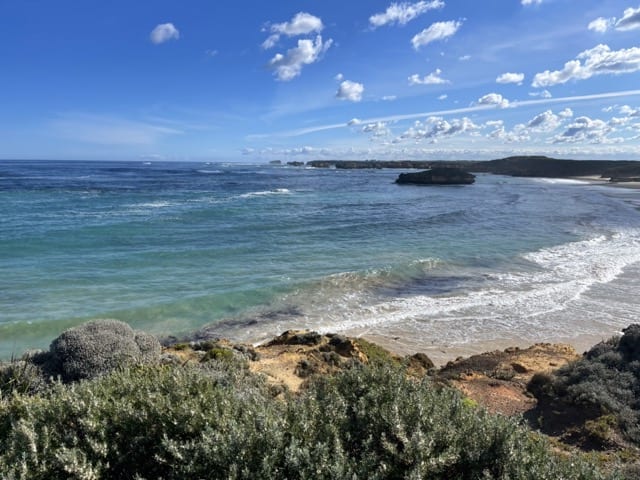
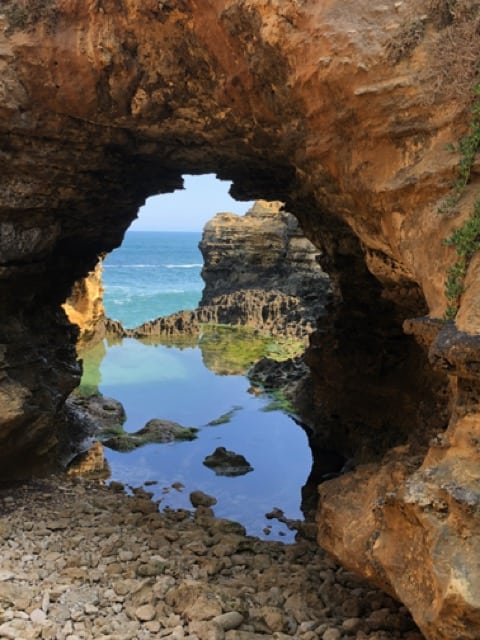

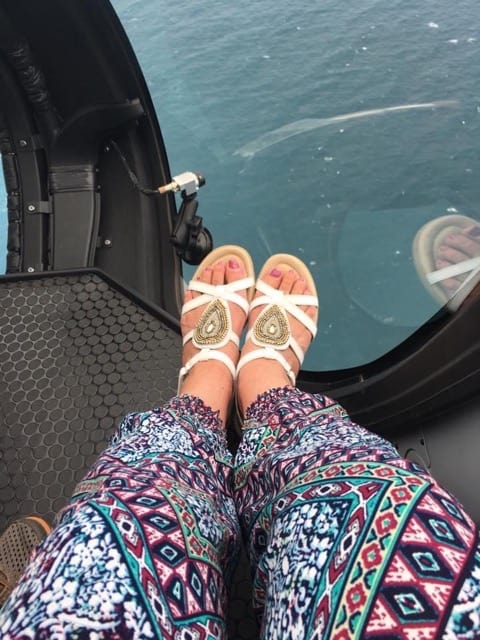
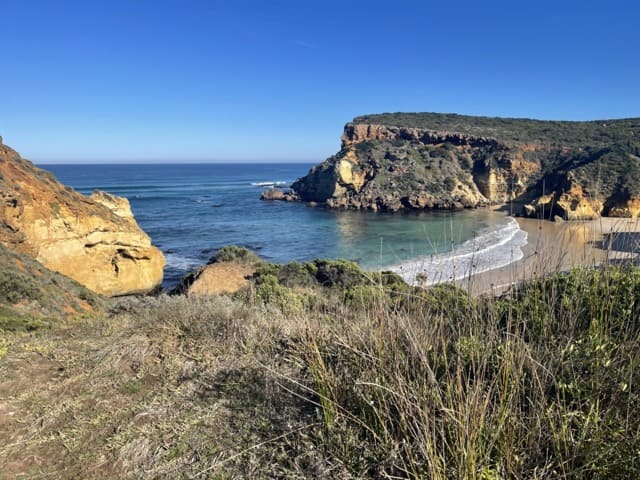
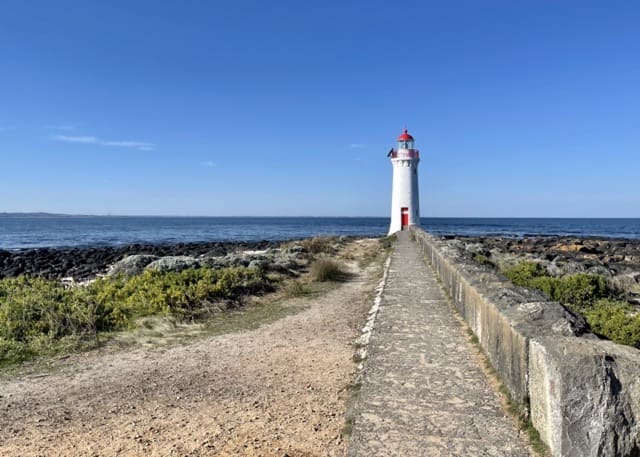



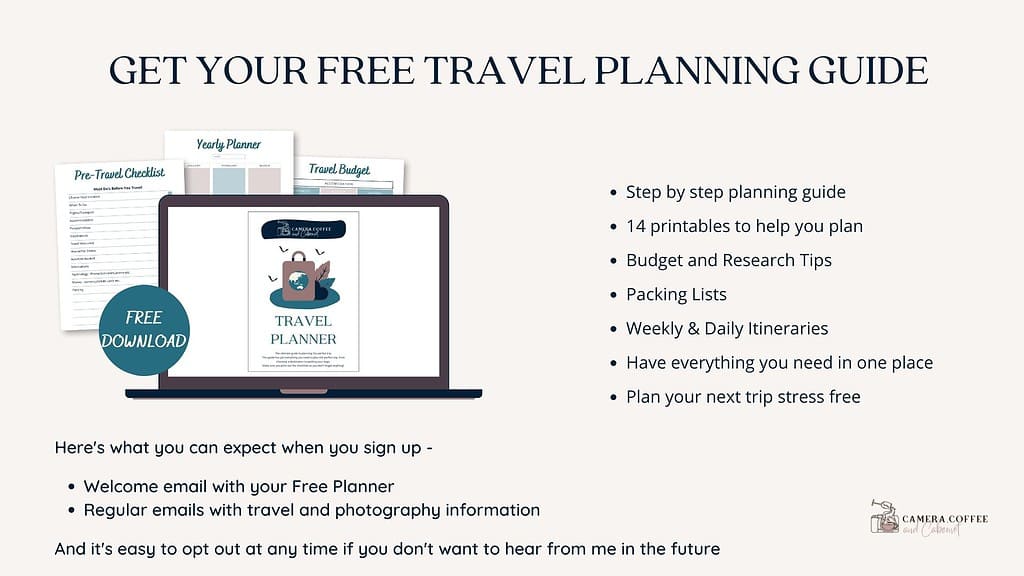
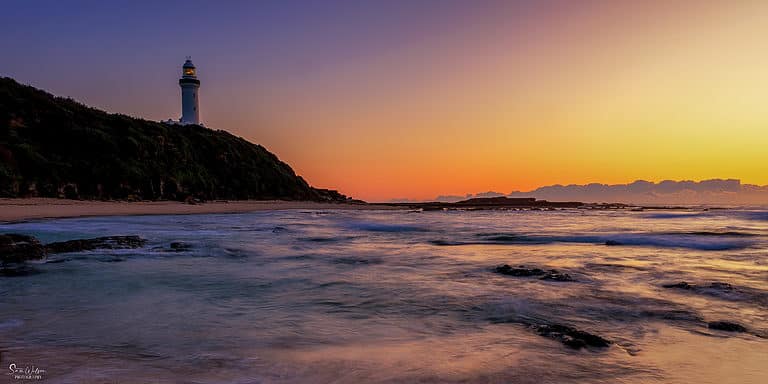
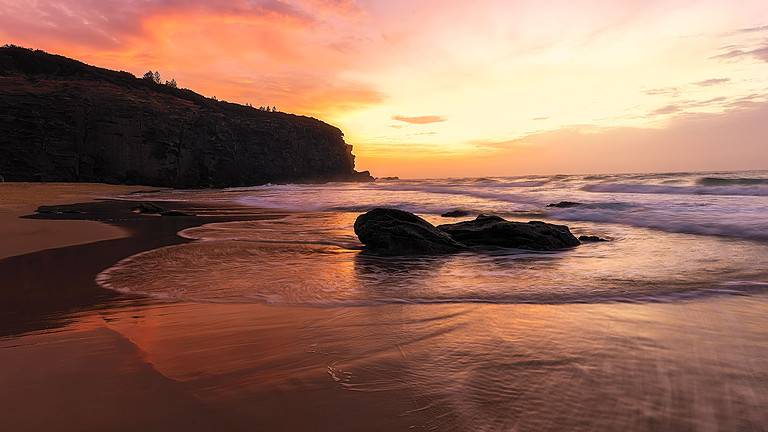
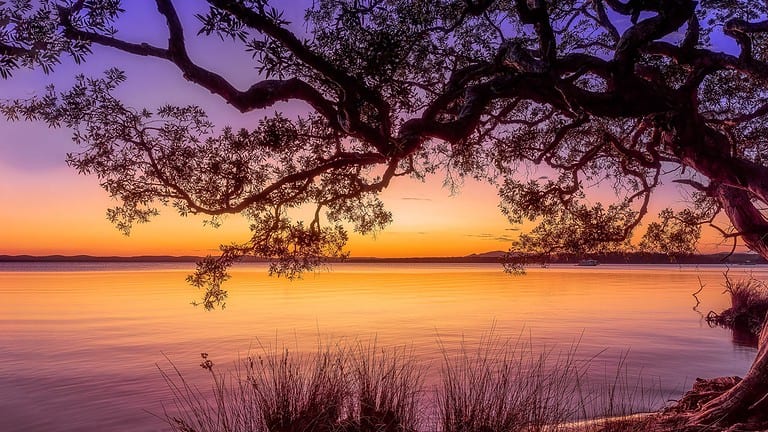

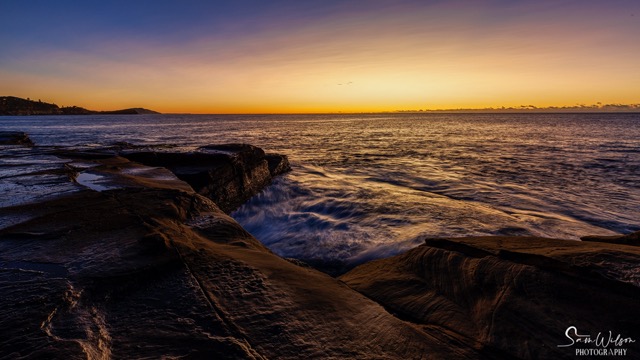
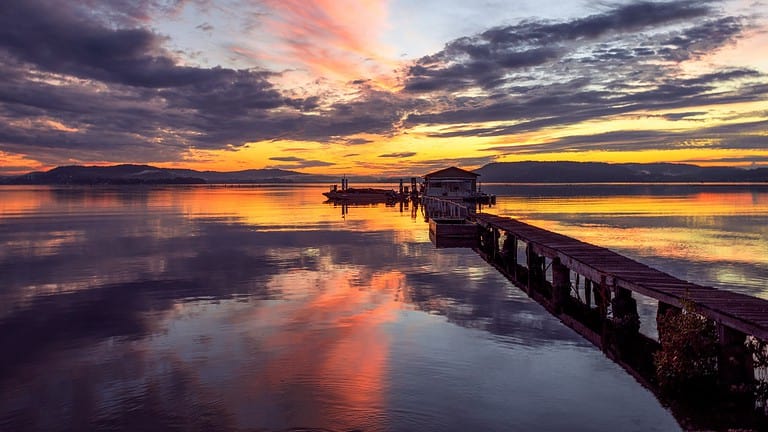
5 Comments